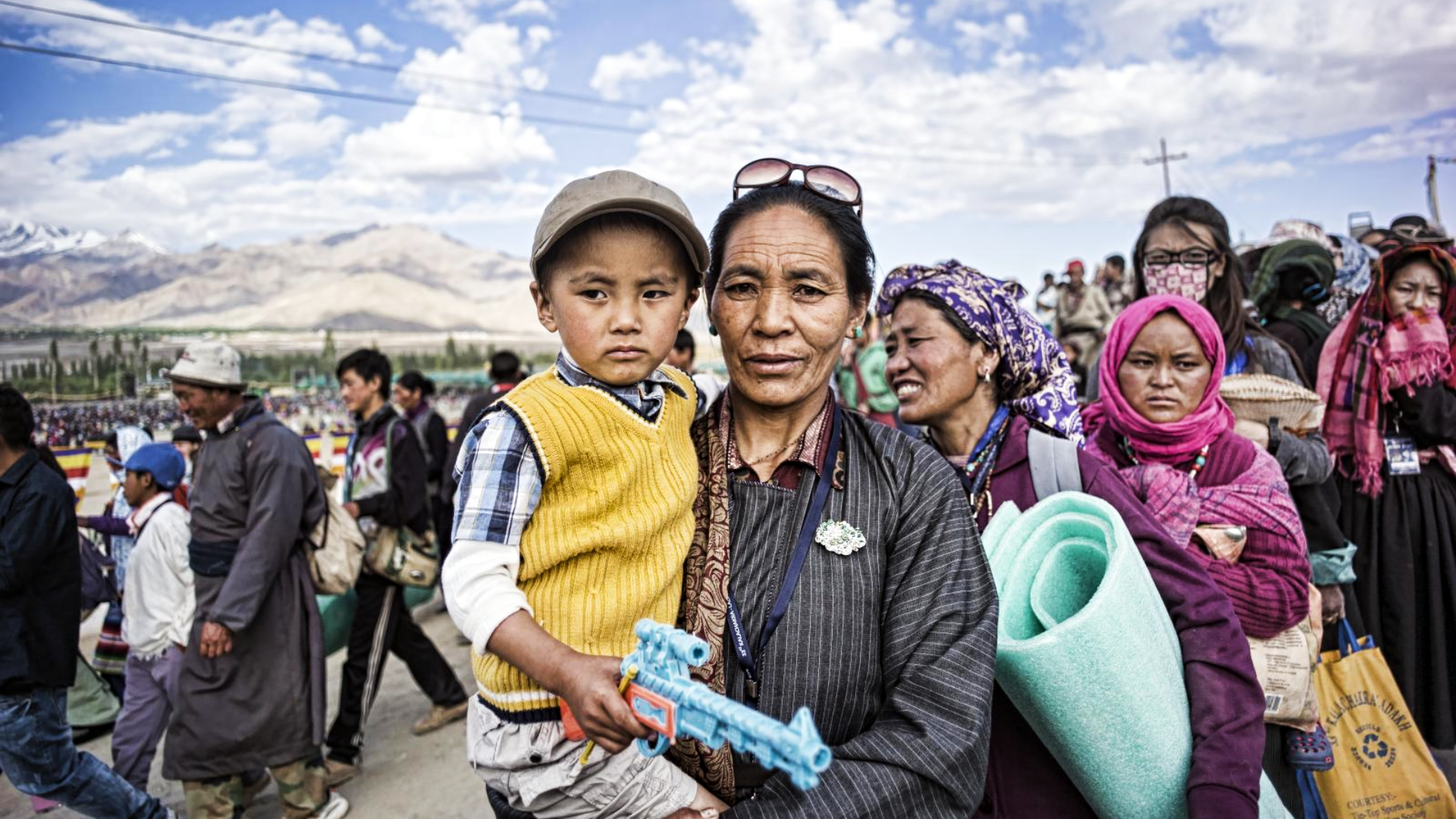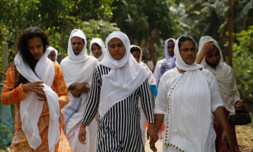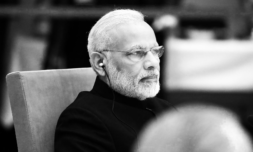The people of Ladakh, a remote and ecologically fragile region in India, have been taking to the streets to protest against the central government’s policies, which they believe threaten their tribal identity and the delicate balance of their environment.
As the region’s demands for greater autonomy and constitutional protections remain unmet, the standoff between the locals and the authorities threatens to escalate.
Losing political representation and facing environmental concerns
In 2019, the Indian government’s decision to carve out Ladakh from the former state of Jammu and Kashmir and designate it as a federally administered territory has raised concerns among the region’s residents.
They fear the move has led to a loss of political representation and a diminished say in developmental projects. The local autonomous bodies, the Ladakh Autonomous Hill Development Councils, have been stripped of much of their powers, leaving the people feeling increasingly marginalized.
Moreover, the region’s fragile ecosystem is under threat from the government’s plans to boost tourism, exploit natural resources, and build military infrastructure. Locals are alarmed by the potential impact on their limited water resources, glaciers, and pasturelands, which are crucial for their way of life. The influx of tourists, which sometimes outnumber the local population, has also put additional strain on the environment.
The people of Ladakh are particularly concerned about the potential demographic changes and resource exploitation by outsiders. Prior to the revocation of Kashmir’s semi-autonomy, outsiders were prevented from buying land and settling in the region.
However, with the new laws passed by the federal administration, there is growing apprehension about a shift in the region’s demographics and the loss of its tribal identity.
Activists like Sonam Wangchuk have been at the forefront of the protests, demanding that Ladakh be granted statehood and tribal status under the Sixth Schedule of the Indian Constitution. This would allow the region to have a greater say in decisions related to land, forests, water, and mining – crucial for a region where 97% of the population is tribal.
Government crackdown and suppression of peaceful protests
As the people of Ladakh have taken to the streets to demand statehood, tribal status, and greater autonomy, the government has responded with a crackdown. Authorities have imposed prohibitory orders, restricted internet access, and rounded up supporters of the protests, citing the threat of ‘breach of peace and public tranquility.’
The government’s heavy-handed approach has been lamented by protesters, who insist that their demonstrations have been peaceful. Activist Sonam Wangchuk has accused the authorities of turning Leh into a ‘war zone’ with a disproportionate use of force, including the deployment of teargas and smoke grenades.
The government’s actions have further fueled the anger and frustration of the Ladakhi people, who feel that their legitimate demands are being suppressed. Even local leaders from the ruling Bharatiya Janata Party (BJP) have voiced their support for the protesters, acknowledging the need for constitutional safeguards to protect the region’s identity and interests.




















